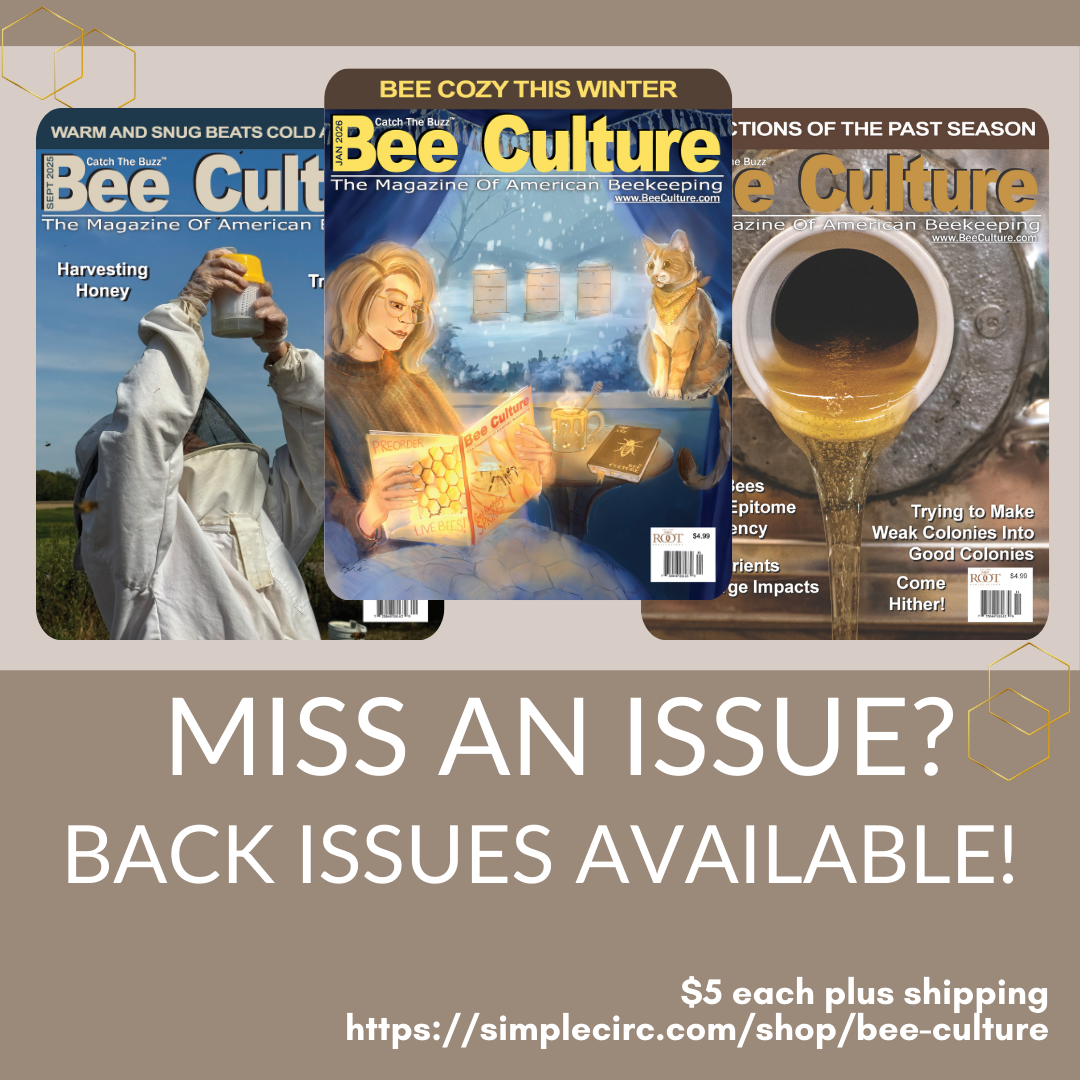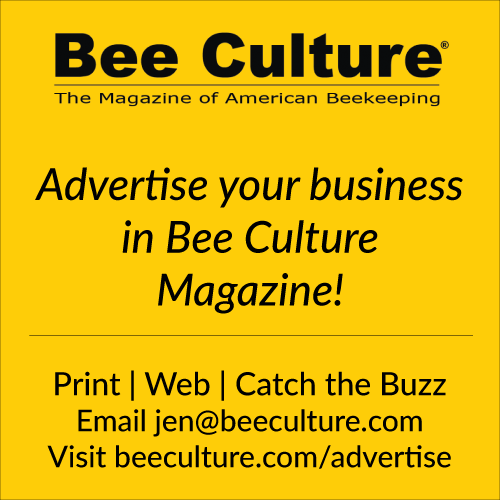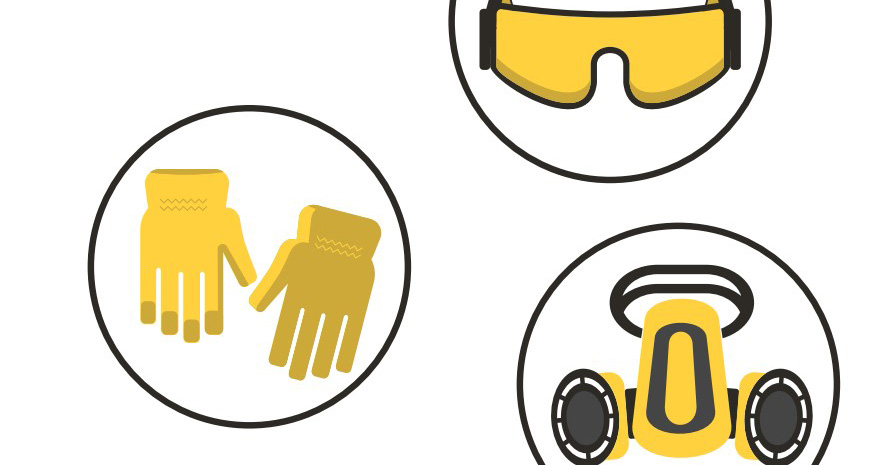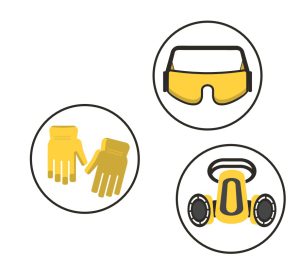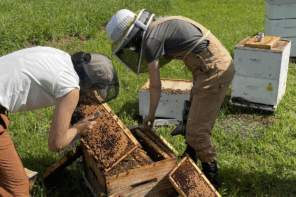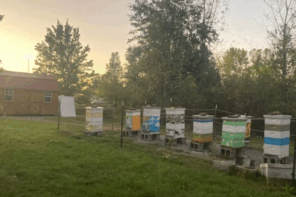STUDY HALL
From the Editor, Jerry Hayes
As I promised, here is all of the information available from the Tools for Varroa Management Guide on Varroa control. It gives you multiple options. And as I have said before, if you have sampled your colonies based on sampling directions in last month’s Study Hall and you have three or more Varroa mites per 100 bees, that colony is dead, it just doesn’t know it yet. But you will in February.
Jerry
Recommended Control Options by Seasonal Phase
Different control options are appropriate for each of the four population phases of the honey bee/varroa seasonal cycle. Below is a summary of options for each phase.
NON-RELIABLE, NON-TESTED METHODS AND UNREGISTERED (ILLEGAL) CHEMICALS
Several treatments are ineffective, lack independent verification, or are unregistered for varroa control, including:
- Mineral oils
- Unregistered organic acids (such as lactic or acetic acid)
- Food stimulants and supplements
- Powdered sugar
- Small cell, “natural” comb for the rearing of smaller bees
- Heat/cold treatments
- Unregistered essential oils
Beekeepers should never use an unregistered chemical or use a registered chemical inconsistent with label directions to control mites. Such use may violate both federal and state laws and may result in unintended consequences to the colony and beekeeper. Treatments not described in this guide should be avoided until adequately evaluated and registered for varroa control.
DESCRIPTIONS OF VARROA CONTROL OPTIONS
https://honeybeehealthcoalition.org/wp-content/uploads/2022/08/HBHC-Guide_Varroa-Mgmt_8thEd-082422.pdf
(See pages 16-30 of the guide)
To follow in the guide you will find tables that provide detailed information on varroa mite controls. Flag icons indicate U.S. and/or Canadian registration. Symbols (gloves, eyewear protection (goggles) and respirator) shown to left are included with varroa mite controls to help guide in choosing personal protective equipment.
Personal Protective Equipment
Check Label: Always check the label before use of chemicals and direct employees to do likewise, being certain they understand and follow the instructions on the label. Follow the label if specific protective clothing or equipment is included.
Clothing: Use shirts with long sleeves, pants and sturdy footwear when using chemicals.
Gloves: Use acid resistant gloves when handling hops beta acids and products containing formic acid and when mixing/ applying products containing oxalic acid. Protective gloves are recommended when using Apivar® or essential oils to avoid direct contact with skin surfaces.
Eye protection: Use of goggles is recommended when mixing oxalic acid into sugar water and for dribble or spray application to bees. Do not rub eyes or nose after use of any chemicals until after thorough washing of hands. As a general rule, eye protection should be used when working with any chemical.
Respirator: Please note that while there are many styles and models of respirator on the market, for the purposes described below, the Coalition recommends a full-face cartridge respirator with particulate filter. Use 3M™ Models 6002 or 6003 (but not the common painter’s respirator Model 6001). Some bee equipment suppliers sell an oxalic acid appropriate respirator.

